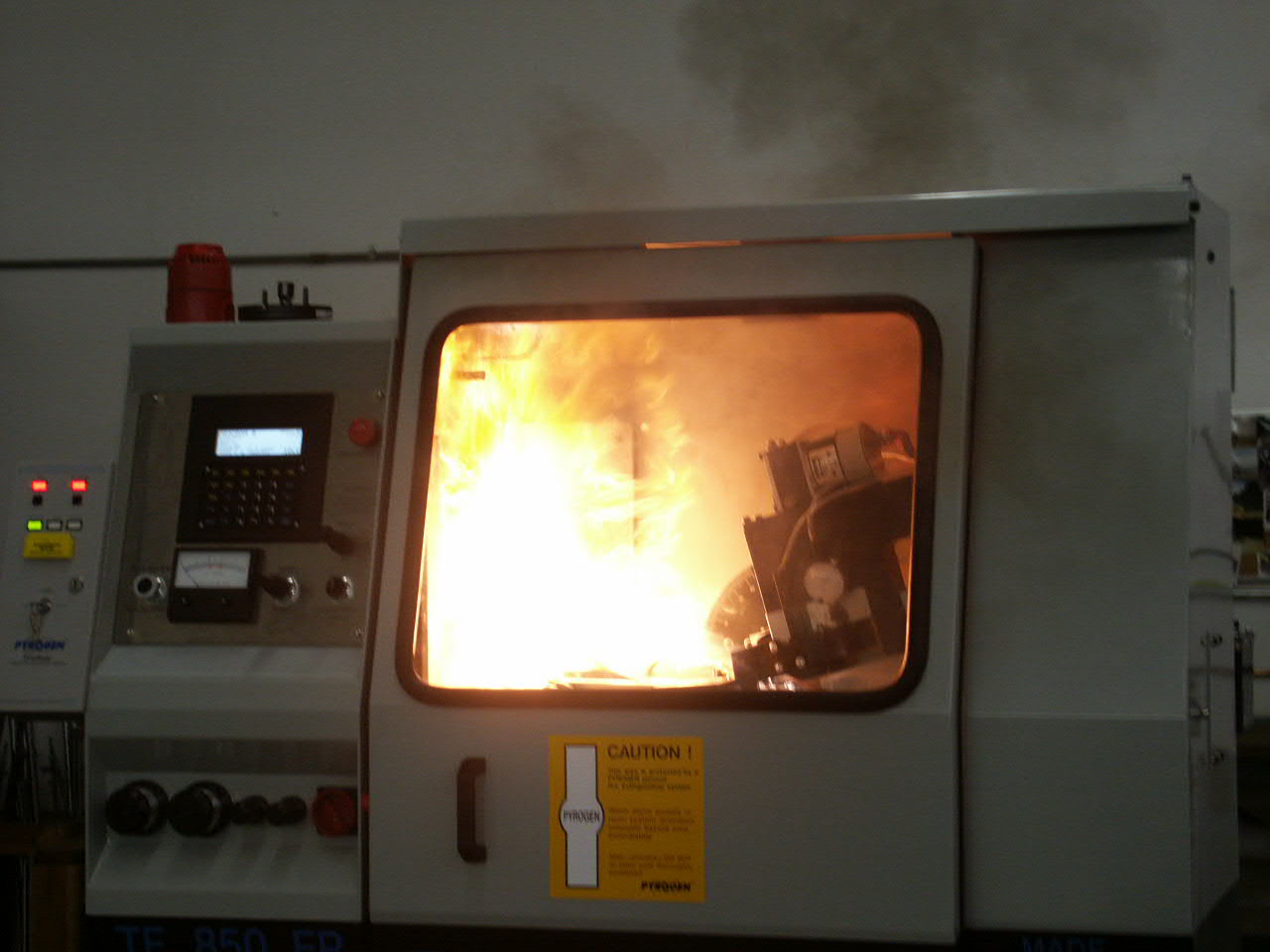Lights-out machining - it’s how we compress the lead times of our tooling supply.
With one-off, bespoke and (often) high-value tooling to be machined, there’s no opportunity for proving out the intended machining process, and the stakes are high.
It may not seem for the faint hearted, but unmanned machining can be done regularly and routinely - its successful application is one of the main reasons why we pretty much guarantee 100% OTIF supply.
Without being able to keep an eye on the CNC machines, there is, of course, the possibility for error - disintegrated tooling tips, damaged workpieces, collisions and even fires all need to be mitigated. Equipment failure can be a contributing factor here too.
With the right approach, these risks can be managed out to the extent that lights-out machining becomes a reliable process. Here’s how:
-
Confidence in the cutting tool
This only comes from attended machining, but over time it becomes apparent how long a cutting tool will last, which is particularly important when machining with tipped tools (tip failure is a guaranteed way of wrecking your workpiece, and potentially damaging your CNC). Once tool longevity is known it’s all systems go for unmonitored cutting.
Read More:
How To Choose Your Next Tooling Supplier
Why Having Multiple Suppliers Is A Great Idea
How Much Does A Checking Fixture Cost?
-
Expert programming
The quality of the cutter paths plays a huge part here. Not asking too much of the tools, not leaving too much unmachined stock, and gouge checking at the programming stage will all help ensure that the risk of failure is minimised.
-
Verification
Not the same as in CAM-package checks, to really make a success of lights-out machining what’s needed is verification of the actual cutting data sent to the CNC. Only with software such as Vericut can real confidence in the machining be assured. Any collisions with the workpiece, or even the fixturing or machine itself, will be flagged up and can be addressed. Particularly important when using the full machining envelope, hitting (or exceeding) the travel limits of the machine will be detected.
-
Check, and check again
The machinist has produced cutting paths to be proud of, with CAM-system gouge checking done. He’s verified the post-processed paths – no machine collision or limit switches detected. It’s time to set the workpiece on the machine.
He shouldn’t just clamp it up, set the tools, link the programmes and press ‘cycle start’, though. Care is needed here. He needs to check that the initial path starts where expected. And that the paths call the intended cutting tools. And he should watch the first part of the initial path – is it running as planned? Is the workpiece secure? Does the machine sound OK? If it’s yes, yes, and yes then it’s safe to turn the lights out, sleep soundly and look forward to seeing some quality work in the morning.
-
Plant maintenance
If you want your machining cycle to complete without interruption, then your hardware needs to be up to the job.
Give it the best chance by looking after it properly. Preventative maintenance is key here. It isn’t just getting your CNC machine regularly serviced by experts (which you definitely should do). It’s the compressor(s) that allow it to tool change too. And don’t forget your own routine maintenance - clean the filters regularly, top up the oils and make sure there’s enough coolant in the machine. All too easy to overlook but guaranteed to be a machine-stopper sooner or later.
Read More:
Tooling Boards: Which one is best for your project?
6 Reasons You Should Purchase From A UK Manufacturer
Your tooling only needs 3-axis machining? Think again!
-
Disaster avoidance
Anything’s possible, and even if all the above are properly employed the chance of disaster still exists, however slim the chance. CNC machining generates plenty of heat, whether inherent or accidental (sparking), and the risk of fire can never be completely eliminated. This is where fire suppression systems become an essential investment. Triggered by heat or smoke detection, they’ll flood the machine enclosure with CO2 and activate the emergency stop.
Conclusion
Unmanned machining doesn’t have to be a disaster waiting to happen. With the rights skills, equipment and application it can become a routine practice that yields huge productivity benefits, and provides complete reassurance for customers.
If you'd like to discuss your next requirement in more detail, then please use the Get In Touch button above, or let us know by requesting a call back.
For more content like this, follow us on LinkedIn by clicking the button below.


